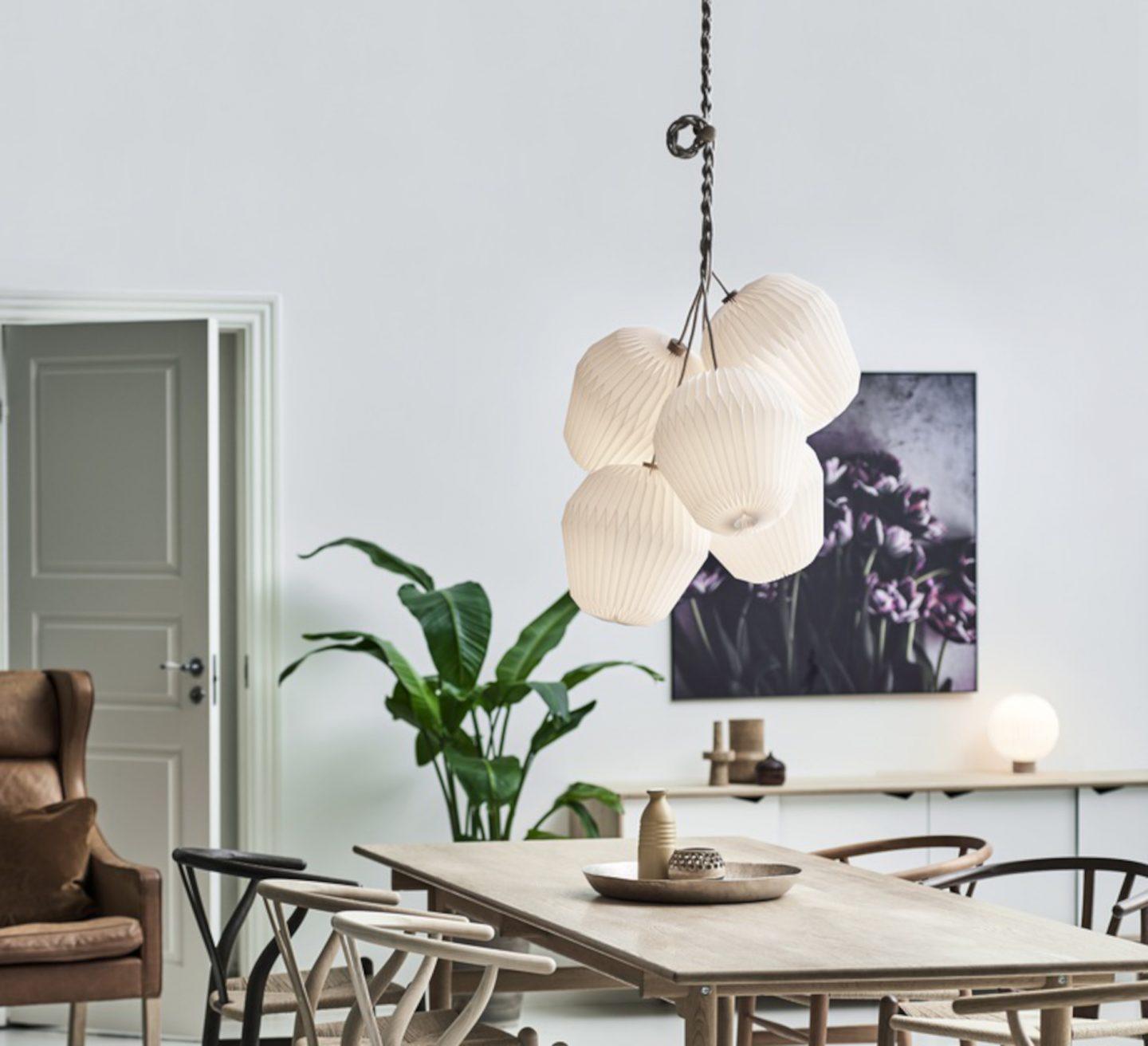Japandi: The New Interior Trend
This contemporary Japanese interior design style showcases clean lines but incorporates elements from nature. The goal of this art is to create a simple, yet functional design, using natural materials such as bamboo, rice paper, silk, and jute. Traditional Japanese aesthetics, including the Zen nature, incorporated a combination of Zen meditation and nature, resulting in the use of delicate geisha artwork and other natural elements. In addition, this style draws on traditional carpentry skills, which dates back to the seventeenth century.In contrast to the smooth, flat appearances seen in most contemporary japandi interior design styling, the more organic, cottage-like japandi style features rounded curves and lines. Common materials include natural materials such as bamboo, wood, wicker, jute, and rice paper. Bamboo, wood, wicker, and rice paper are considering earth friendly because they naturally withstand nature's forces, which can cause them to break or split. They also provide flexibility, allowing different shapes and sizes to fit together without seams. This resulting effect is much like that seen in old-fashioned western furniture styles.
The goal of japandi design is to create an environment that is both inviting and visually appealing. This style promotes clean lines without the feeling of clutter or heavy fabrics or colors. While the purpose of clean lines is to keep things simple, they do not have a cluttered or bare feel. Clean lines are said to be a result of simplicity and naturalness.
Another key characteristic of japandi design is layering. Layering creates a comfortable and inviting environment for the room. Cloth, tassels, and bamboo are common elements of layering. For a luxurious and sophisticated look, one may want to go with heavy velvet or satin fabrics, whereas a more laid-back and casual japandi design will be better suited to natural or linen materials. It is important to remember that the layering process does not have to be complicated. In fact, the simpler the layered look, the more relaxed and comfortable it will be.
One of the best aspects of japandi design is the use of natural elements. Bright colored panels made of jute or cashmere can create a warm and relaxing environment. Use of dark, rich hues such as chocolate brown or dark blue can create a more dramatic appeal. Rich and deep colors such as gold or silver are also commonly used in japandi designs. When combining natural elements with bright, contrasting colors, it is these contrasting colors that actually enhance the soothing, calm atmosphere.
In addition to using natural elements, another effective way to create a soothing environment is to make use of textures. This is especially true when it comes to the use of rugs and upholstered pieces. Wool and cotton carpets are especially recommended for japandi designs because of their ability to make a room feel more comforting and homey. Jute and cashmere throw and cushions make for a great option when it comes to using textures to make a japandi style more inviting and comfortable.
In order to create a truly relaxing atmosphere, you may want to add a bit of color. Adding color to your japandi design can be as simple as painting a wall. The best way to do this is to paint one wall in the color of your choice and then the other walls in more neutral colors. It is important to remember that when choosing colors, it is important to make sure that they are similar to one another. In general, cooler colors tend to be lighter in tone. While bright colors make a room seem more vibrant and exciting.
Japandi Style
The Japanese art of weaving paper with minimal designs called the "Japandi style " is a natural progression for many of the people who live in the Global South. This style, when mixed with minimalism in design, creates a warm and inviting atmosphere that invites you into a different world. Unlike traditional Asian designs, most Japandi projects feature rich hues such as orange, red, yellow, and gold.
The colors and patterns in the japan's style are usually very vivid and use mostly dark, intense colors to contrast with the lighter, paler colors such as blue and white. Because the inspiration for this furniture was the "grass skirts" worn by the Japanese women during the Edo Period (from 1630 to the present), the majority of the furniture and decor in this style is made from bamboo and willow. Other natural materials include bamboo, reed, and wicker. Many of the pieces feature asymmetrical lines that are meant to evoke a feeling of chaos and disorder, while at the same time creating a sense of balance and flow. Bamboo furniture is extremely durable and is typically constructed from one hundred percent bamboo.
The unique cuts and shapes of the pieces used in the japandi style are designed to create the illusion of deep space. This style's clean lines are meant to evoke a sense of fluidity and movement. The aesthetic emphasizes the contrast between light and dark, while providing subtle accents of color on certain surfaces. Because the primary goal of this type of decor is to provide a minimalist environment, the primary focus is on horizontal space, with nearly everything being arranged around one central point, a focal point which can vary from being a small table to a large picture screen.


Post a Comment